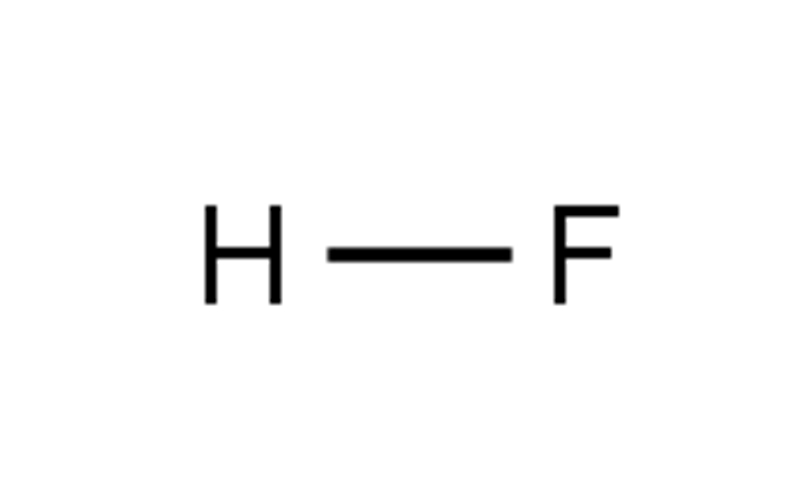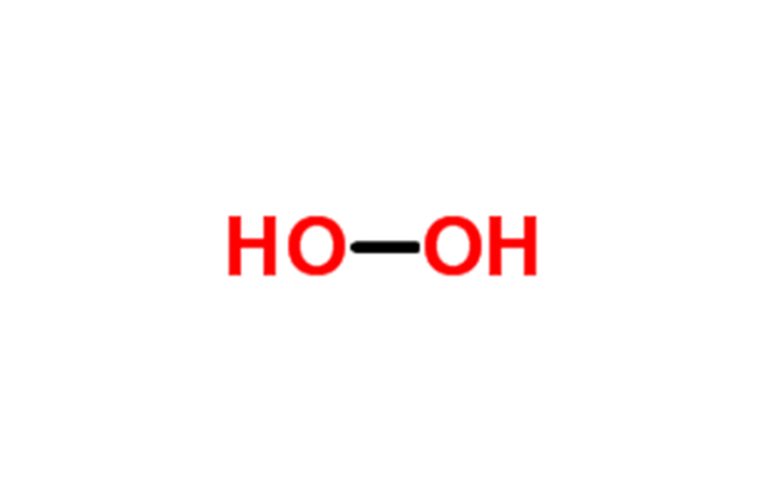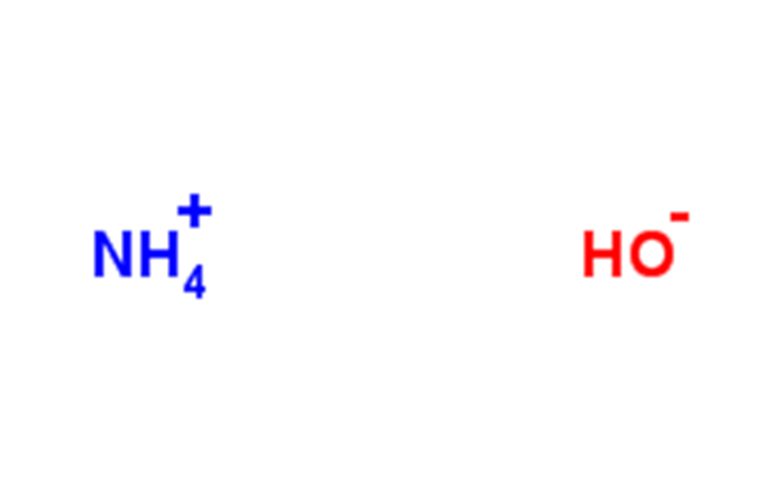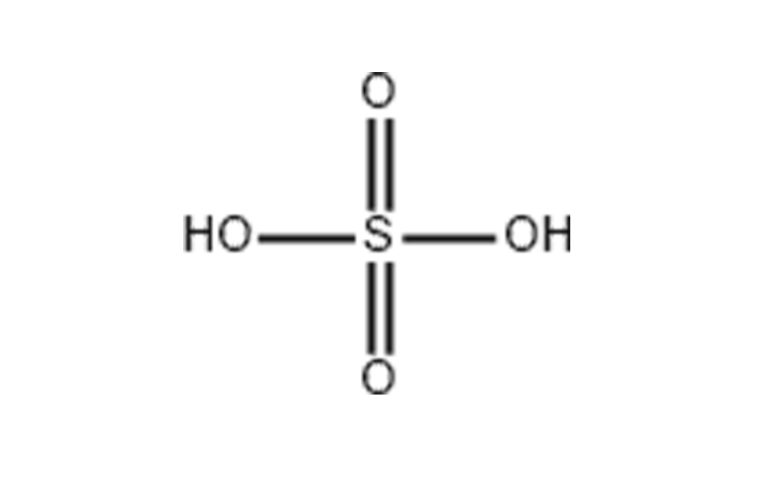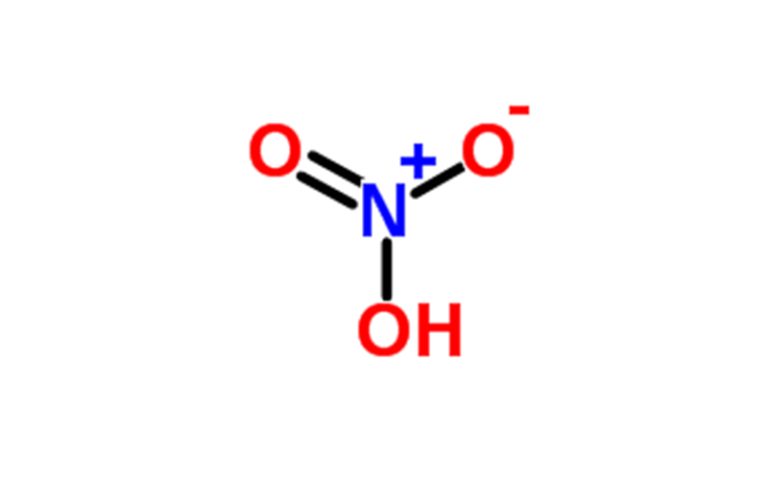| PARAMETER | U.M. | Minimum | Maximum | |
| Assay (HF) | % | 48.8 | 49.2 | |
| Color | APHA | 10 | ||
| Nitrate (NO3) | ppb | 15 | ||
| Chloride (Cl) | ppb | 15 | ||
| Phosphate (PO4) | ppb | 15 | ||
| Sulfate & Sulfite (SO3 & SO4) | ppb | 15 | ||
| MAXIMUM OF IMPURITIES | U.M. | Minimum | Maximum | |
| Aluminum (Al) | ppb | 0.05 | ||
| Antimony (Sb) | ppb | 0.05 | ||
| Arsenic (As) | ppb | 0.05 | ||
| Barium (Ba) | ppb | 0.05 | ||
| Beryllium (Be) | ppb | 0.05 | ||
| Bismuth (Bi) | ppb | 0.05 | ||
| Boron (B) | ppb | 0.05 | ||
| Cadmium (Cd) | ppb | 0.05 | ||
| Calcium (Ca) | ppb | 0.05 | ||
| Chromium (Cr) | ppb | 0.05 | ||
| Cobalt (Co) | ppb | 0.05 | ||
| Copper (Cu) | ppb | 0.05 | ||
| Gallium (Ga) | ppb | 0.05 | ||
| Germanium (Ge) | ppb | 0.05 | ||
| Gold (Au) | ppb | 0.05 | ||
| Iron (Fe) | ppb | 0.05 | ||
| Indium (In) | ppb | 0.05 | ||
| Lead (Pb) | ppb | 0.05 | ||
| Lithium (Li) | ppb | 0.05 | ||
| Magnesium (Mg) | ppb | 0.05 | ||
| Manganese (Mn) | ppb | 0.05 | ||
| Molybdenum (Mo) | ppb | 0.05 | ||
| Nickel (Ni) | ppb | 0.05 | ||
| Niobium (Nb) | ppb | 0.05 | ||
| Potassium (K) | ppb | 0.05 | ||
| Silver (Ag) | ppb | 0.05 | ||
| Sodium (Na) | ppb | 0.05 | ||
| Strontium (Sr) | ppb | 0.05 | ||
| Tantalum (Ta) | ppb | 0.05 | ||
| Thallium (Tl) | ppb | 0.05 | ||
| Tin (Sn) | ppb | 0.05 | ||
| Titanium (Ti) | ppb | 0.05 | ||
| Vanadium (V) | ppb | 0.05 | ||
| Zinc (Zn) | ppb | 0.05 | ||
| Zirconium (Zr) | ppb | 0.05 | ||
| PARTICULATE COUNT | U.M. | Minimum | Maximum | |
| ≧0.1 micron | pcs/ml | 300 | ||
| ≧0.2 micron | pcs/ml | 150 | ||
| ≧0.5 micron | pcs/ml | 25 | ||
CPhysical and Chemical Properties
- Density: ~1.45 g/cm³ (at 20°C)
- Boiling Point: Decomposes before boiling (~150°C at 1 atm)
- Melting Point: -0.43°C
- pH: Slightly acidic (pH 4.5–5.5 for diluted solutions)
- Solubility: Miscible with water in all proportions, slightly soluble in alcohols and ethers
- Decomposition: Slowly decomposes into water and oxygen, accelerated by heat, light, and impurities
Key Applications
- Semiconductor Industry:
- Used in wafer cleaning processes (RCA cleaning)
- Essential for removing organic and metallic contaminants from microelectronics
- Pharmaceutical and Biotechnology:
- Sterilization of equipment and facilities
- Used in the synthesis of pharmaceutical intermediates
- Precision Electronics Manufacturing:
- Etching processes for printed circuit boards (PCBs)
- Oxidizing agent in high-precision chemical reactions
- Chemical Synthesis:
- Key reagent in oxidation reactions
- Produces high-purity chemical intermediates
- Environmental Applications:
- Wastewater treatment to remove pollutants
- Advanced oxidation processes (AOPs) for air and water purification
Safety and Handling
- Hazards: Strong oxidizer, may cause severe burns and eye damage. Can react violently with organic materials, metals, and reducing agents.
- Storage:
- Keep in a cool, dry, and well-ventilated area
- Store in non-reactive containers (usually made from HDPE or Teflon)
- Avoid exposure to sunlight and heat sources
- Protective Equipment: Use goggles, gloves, and lab coats. In industrial settings, ensure proper ventilation or use fume hoods.
Market and Supply
Regulations: Complies with international standards like SEMI C30 for semiconductor-grade hydrogen peroxide
Major Producers: Evonik, Solvay, Arkema, Mitsubishi Gas Chemical, etc.
Packaging: Usually supplied in high-purity containers — drums, IBC totes, or bulk delivery systems for industrial use

